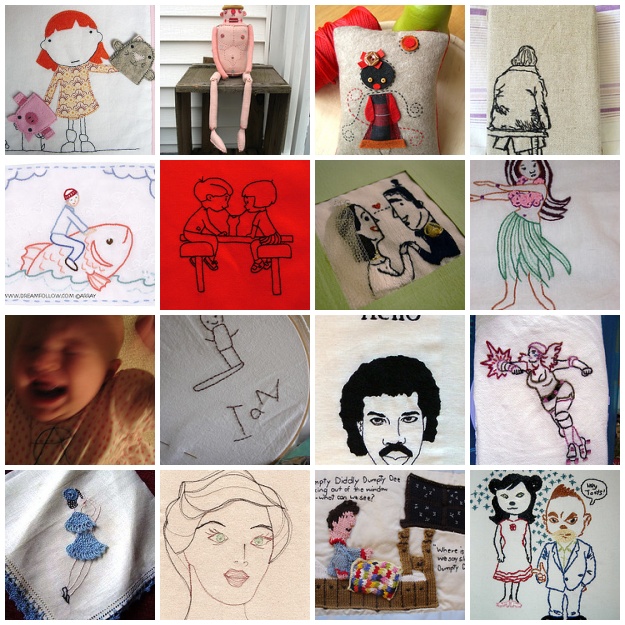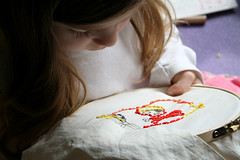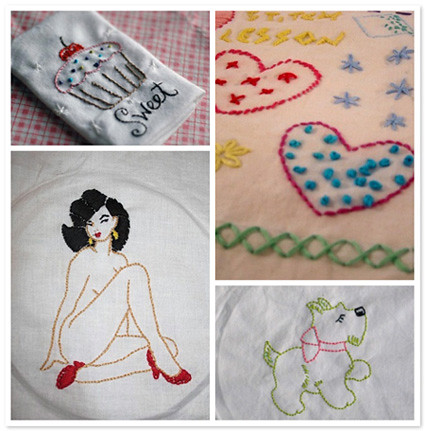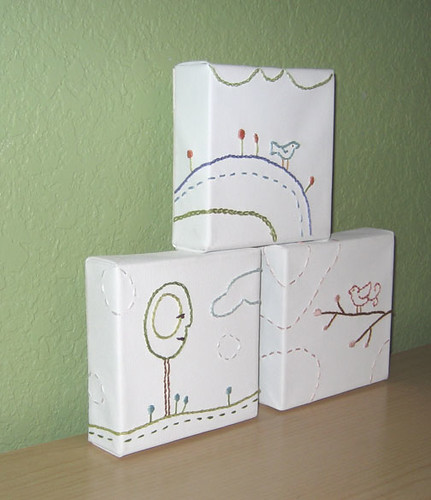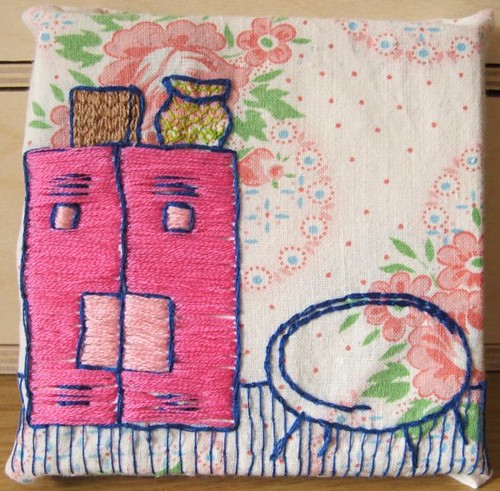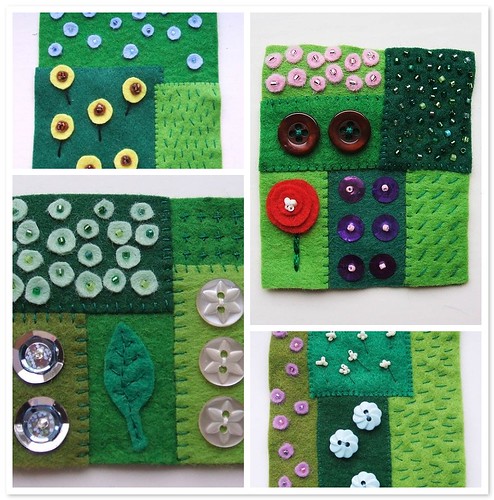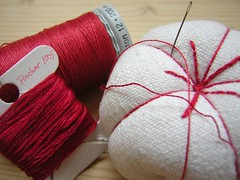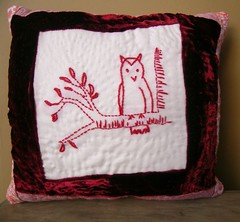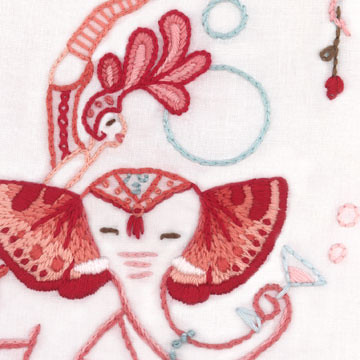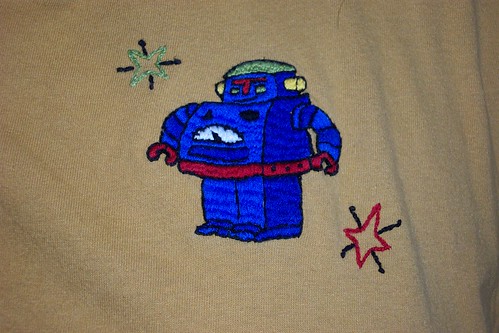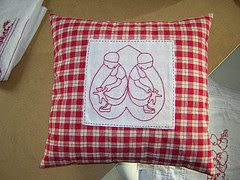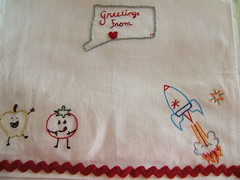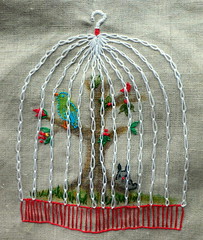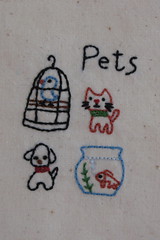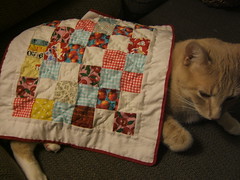
This week I've decided to do a quick review of
Art of Embroidery: History of Style and Technique by Lanto Synge. This is the type of book that acts as a corner stone to a good specialized collection.
This is a new work, a descendent of his earlier work
Antique Needlework published almost 20 years ago. Lanto Synge has had a long association with the Royal School of Needlework in London, so has had access to an extensive collection of needlework, both old and new. This access shows in the depth of styles and techniques covered in this book. This is an historical survey of embroidery through history and not a how-to book.
The book is arranged chronologically, beginning with a general introduction, then moving onto early needlework, Medieval, post-Medieval periods and then by century to the present day. There are side chapters on specific aspects of needlework, of particular interest to me is the chapter on Heraldic embroidery. There are also sections on costume, furniture, Chinese and Indian work.
Each chapter looks at the major stylistic movements of the time and puts embroidery within this as well as wider political, social, economic and religious contexts. For example the impact of the Reformation on embroidery was huge, due to the fact that the Church had always been a major customer for and receiver of commissioned embroidery works. There were also major stylistic changes in the designs and techniques used.
The vast majority of the illustrations are colour, with only a few black and white. There are images on almost every one of the 352 pages, with most having more than one image, in addition there are several full page images which give greater detail of selected pieces (there are even images in the bibliography and index!). In addition to the text and images, there are informative end notes (useful for further research), a 4 page glossary, bibliography, acknowledges for images and finally an index.
For those like myself with an interest in pre-17th century embroidery, a bit more detail. The chapters covering early, medieval, post-medieval and heraldic embroidery take up approximately 78 pages. Images of interest include: full page image of Coptic roundal (silk on linen), full page image of 13th Century German chasuble (good illustration of typical Germanic motifs used for many centurys), 12th Century English mitres (images in black and white), variety of 14th and 15th Century copes - Pienza, Bologna, Syon and Steeple Ashton Copes, mourning cape with heraldic design, 16th Century tent stitch French bed valances and great examples of various uses of heraldic display in embroidery.
Why I Bought the book
My training and passion is history. I love it and that is reflected in my embroidery. My focus is historical styles and techniques. Because of where I live, I don't have access to any historical works in person, so I rely on books. So when a book like this one comes out, it goes to the top of my lust list. This book has lots of info and pics about a period that doesn't get covered much except in highly specialised books or journals or out of print works that I can't access.
As far as an "Aaahh" moment, it was seeing a whole chapter dedicated to heraldic embroidery. I am involved in the
SCA and one of the main applications for embroidery in that context is in heraldic display in various forms. So any book that shows use of embroidery for heraldic display is going to get my attention!
So it was a combination of the above that finally pushed this one over the line. Don't get me wrong. I had to visit the book several times at the book shop before I bought it, but it is a solid bit of historical writing and that is something I am always interested in. On the whole my taste tends to run to about books, not how-to books. I tend to design my own stuff, and I like to be historically accurate as possible, so this sort of book is important in giving me data on which to base my own work.
Even if you don't specialise in historical embroidery, there are so many great images and information that it's bound to give everyone inspiration for their own work.
Details:
- "Art of Embroidery: History of Style and Technique" by Lanto Synge
- Hardcover: 352 pages ; Dimensions (in inches): 1.29 x 11.26 x 9.04
- Publisher: Antique Collectors Club; (July 2001)
- ISBN: 185149359X
- Cost: $120AU or about $100US






